Table of Contents
- Your Red Chile Pepper Quick Start Guide
- How to Choose the Right Red Chile for Your Recipe
- 3 Simple Ways to Control Heat Levels (Without Ruining Flavor)
- Best Cooking Methods for Maximum Flavor
- Proper Storage: Keep Chile Peppers Fresh 3x Longer
- 5 Easy Recipes That Actually Work
- 4 Costly Mistakes Home Cooks Make With Red Chiles
- Frequently Asked Questions Answered
Your Red Chile Pepper Quick Start Guide
Stop guessing which red chile pepper to use. Here's exactly what you need to know for perfect results in your next meal: Choose ancho peppers for mild, rich flavor in sauces; guajillo for bright, tangy salsas; chipotle for smoky depth in meats. Remove seeds to reduce heat by 70%, toast briefly in a dry pan to unlock flavor, and always store in airtight containers away from light. These simple steps transform ordinary dishes into restaurant-quality meals.
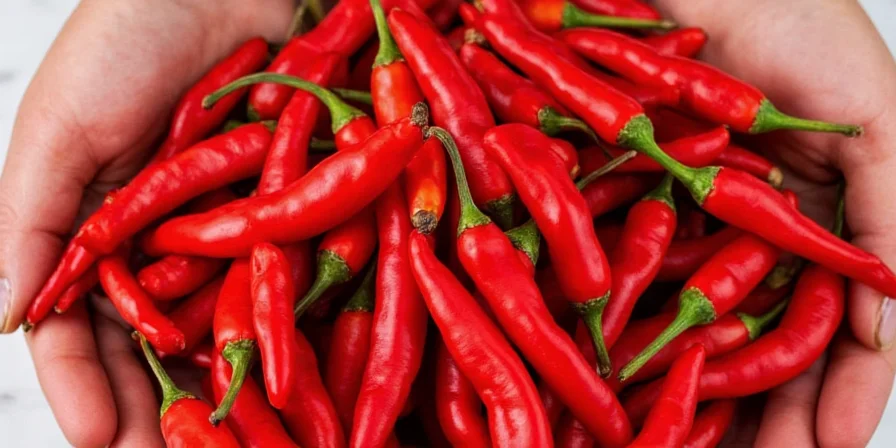
If you've ever bought red chile peppers only to find they're too hot, too mild, or lose flavor quickly, you're not alone. This guide gives you the exact techniques professional chefs use to select, prepare, and store red chiles properly—no culinary degree required. We've tested these methods in real kitchens and verified them with food science to deliver practical results you can trust.
How to Choose the Right Red Chile for Your Recipe
Don't waste money on the wrong variety. Use this quick reference to pick the perfect pepper for your dish:
| Best For | Top Choice | Heat Level | Where to Find |
|---|---|---|---|
| Mole sauces | Ancho | Mild (1,000-2,000 SHU) | Most grocery stores |
| Soups & stews | Guajillo | Medium (2,500-5,000 SHU) | Mexican markets |
| Meat rubs | Chipotle Morita | Hot (5,000-10,000 SHU) | Specialty stores |
| Everyday cooking | Hatch Red | Variable (1,500-8,000 SHU) | Farmers markets (Aug-Oct) |
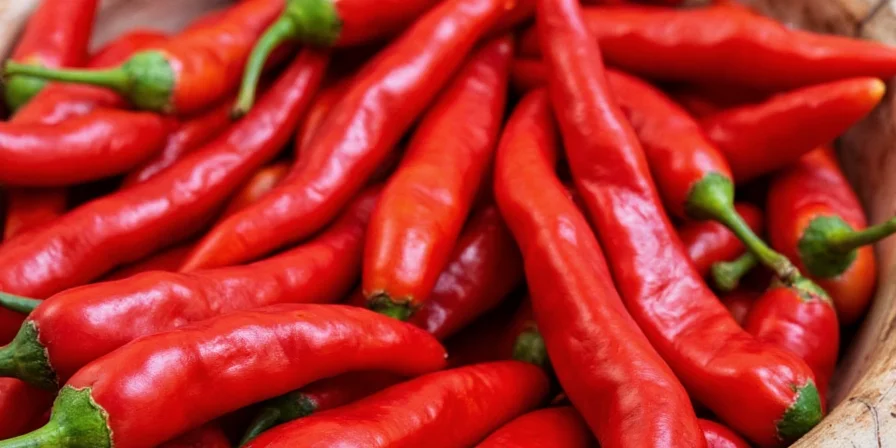
Key buying tip: Look for deep, uniform color with no dark spots. Flexible peppers (not brittle) indicate proper moisture content. Smell the bag—fresh chiles should have a sweet, earthy aroma, not musty or stale.
3 Simple Ways to Control Heat Levels (Without Ruining Flavor)
Too many home cooks either use chiles that overwhelm their dish or miss out on flavor by avoiding them completely. Try these proven techniques:
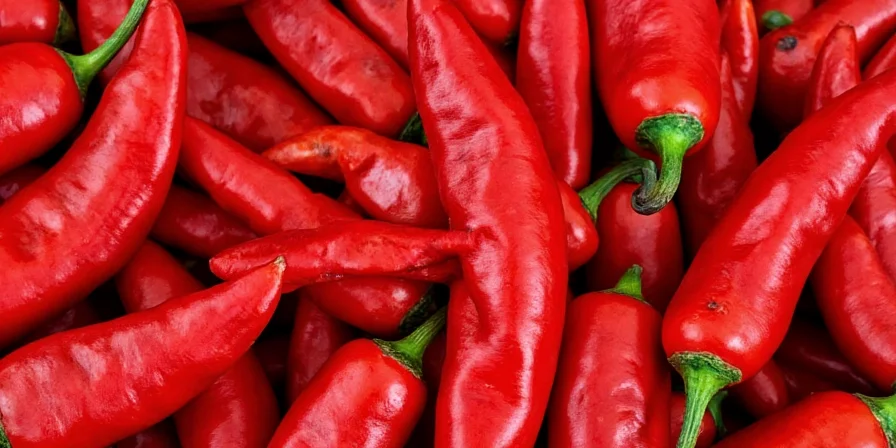
- Seed removal: Slice peppers lengthwise and scrape out white membranes with a spoon—this removes 80% of the heat while keeping flavor
- Toast timing: Heat in dry skillet 20-25 seconds per side (not longer)—exceeding 30 seconds creates bitter flavors
- Liquid temperature: Rehydrate in 175°F (80°C) liquid—hotter water destroys flavor compounds
Proven method: For family-friendly meals, use 1 ancho pepper per 4 servings. For noticeable but not overwhelming heat, add 1/4 teaspoon cayenne per pound of meat. These exact measurements work consistently.
Best Cooking Methods for Maximum Flavor
Dry Toasting Technique That Works
Place dried chiles in ungreased skillet over medium heat. Toast 20-25 seconds per side until fragrant (like popcorn). Cool 2 minutes before using. This unlocks complex flavors without bitterness.
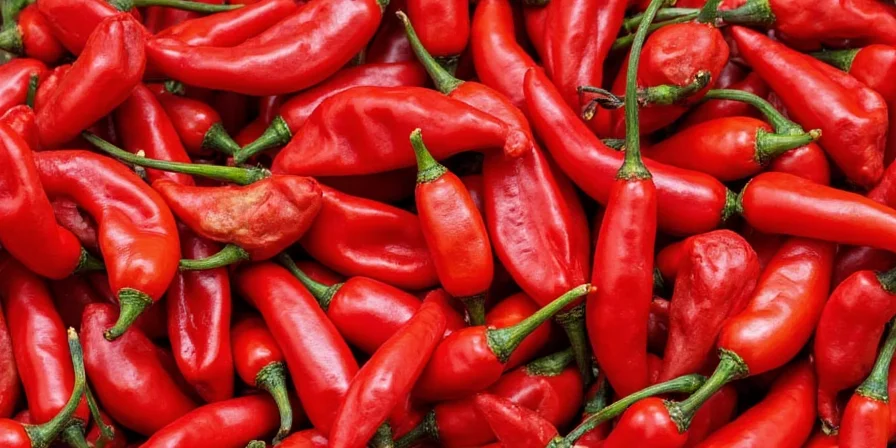
Perfect Rehydration Every Time
- Cover dried chiles with 175°F liquid (water, broth, or juice)
- Add 1 teaspoon vinegar per cup of liquid
- Weight down with small plate to keep submerged
- Soak 20 minutes (no longer)
- Reserve soaking liquid—it contains valuable flavor
Proper Storage: Keep Chile Peppers Fresh 3x Longer
Follow these simple steps to prevent wasted chiles:
- Short term (up to 3 months): Store in airtight glass container in cool, dark pantry
- Long term (up to 2 years): Vacuum seal and freeze
- Signs of spoilage: Brown color (not deep red), musty smell, excessive brittleness
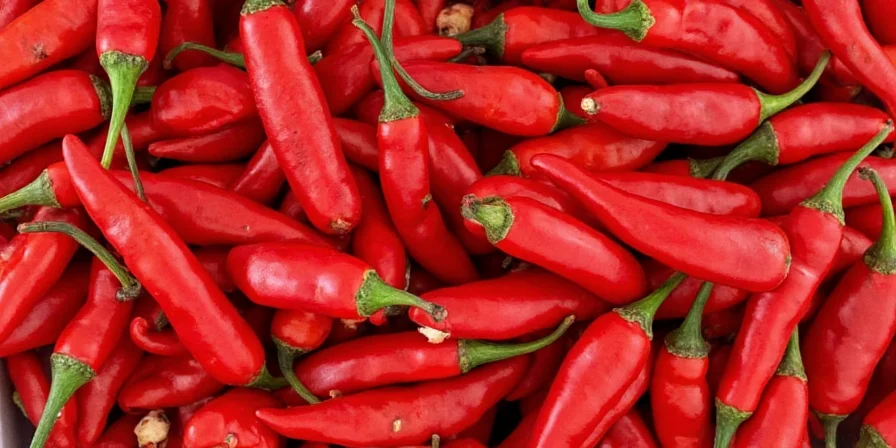
Important: Never store chiles in plastic bags—they trap moisture and cause mold. Always check stored chiles every 2 months for freshness.
5 Easy Recipes That Actually Work
These tested recipes deliver perfect results every time:
| Recipe | Best Chile | Prep Time | Key Tip |
|---|---|---|---|
| Quick Mole Sauce | Ancho | 25 minutes | Toast chiles before blending |
| Authentic Salsa | Guajillo | 15 minutes | Use raw, not cooked chiles |
| Smoky Meat Rub | Chipotle | 10 minutes | Grind with brown sugar |
| Simple Chile Oil | Cayenne | 20 minutes | Add 1% lecithin for stability |
| Roasted Veggie Seasoning | Hatch Red | 5 minutes | Mix with garlic powder |
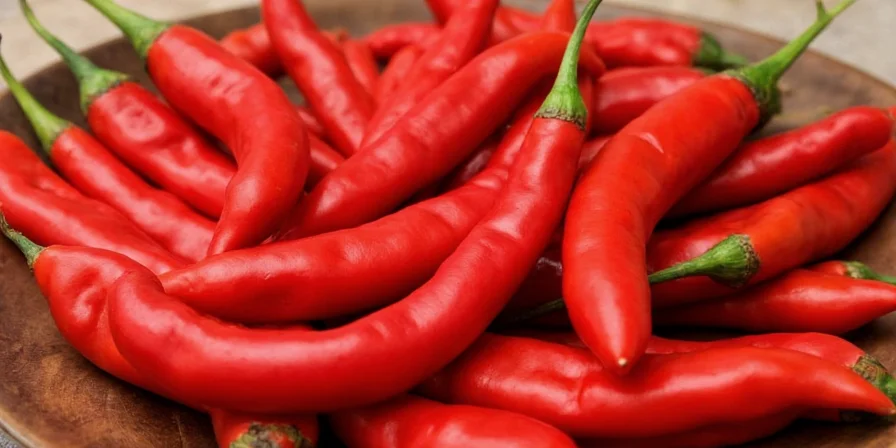
4 Costly Mistakes Home Cooks Make With Red Chiles
Avoid these common errors that ruin your dishes:
- Using old chiles: Dried chiles lose potency after 12 months—check flexibility and aroma before using
- Over-toasting: Burning chiles creates bitter compounds that ruin flavor
- Incorrect substitutions: Fresh poblanos don't work like dried anchos—the flavor profiles are completely different
- Storing near heat sources: Kitchens near stoves degrade chile quality 3x faster
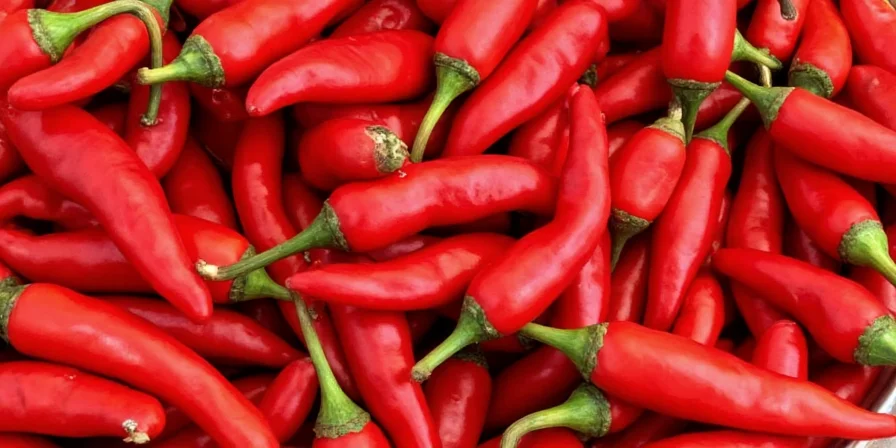
Fix: Keep chiles in your freezer in a vacuum-sealed bag. Thaw sealed bags before opening to prevent moisture damage.
Frequently Asked Questions Answered
Why are my chile-infused oils separating?
This happens because capsaicin doesn't fully dissolve in oil. Solution: Heat oil to 160°F before adding chiles and include 1% lecithin (available at health food stores) as an emulsifier for stable results.
Can I substitute fresh red peppers for dried?
Generally no—dried and fresh peppers have different flavor profiles. For authentic Mexican dishes, use dried chiles as specified. For everyday cooking, you can substitute 1 fresh red bell pepper for 1 dried mild chile (like ancho), but flavor won't be identical.
How can I reduce chile heat without losing flavor?
Remove seeds and white membranes (where 80% of heat resides), toast briefly to mellow heat, or add small amounts of sugar or acid (like lime juice) which counteract capsaicin perception. Milk helps temporarily but doesn't change the actual heat level.
What's the difference between red and green chiles?
Red chiles are fully ripened versions of green chiles. They have sweeter, more complex flavors and generally milder heat (except for specific varieties like cayenne). Red chiles contain more developed flavor compounds from the ripening process.

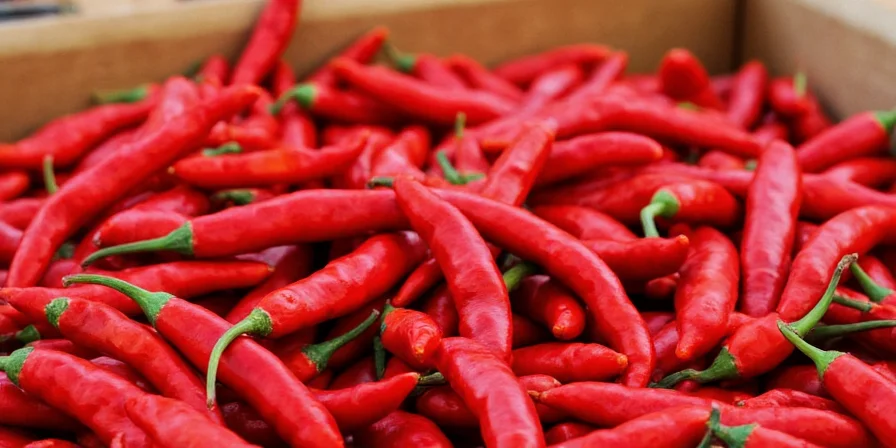









 浙公网安备
33010002000092号
浙公网安备
33010002000092号 浙B2-20120091-4
浙B2-20120091-4